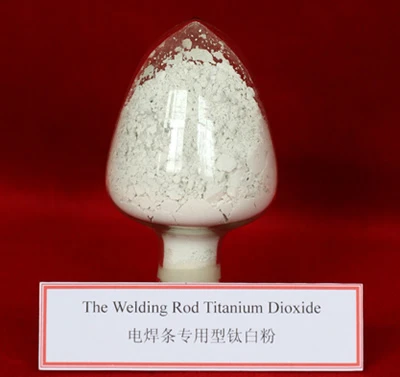
9 月 . 08, 2024 04:08 Back to list
Comprehensive Guide to Titanium Dioxide Suppliers | Quality and Classification
Classification of Titanium Dioxide Suppliers
Titanium dioxide (TiO2) is a white powder that has become a critical component in various industries due to its excellent pigmentation and UV-blocking properties. The demand for this versatile compound has led to the emergence of numerous suppliers worldwide. To navigate this landscape effectively, it's essential to classify these suppliers based on several key factors.
1. Geographical Classification Titanium dioxide suppliers can be divided into regions, such as North America, Europe, Asia-Pacific, and Latin America. Each region has its own market dynamics influenced by local regulations, demand levels, and production capacities. For instance, Asia-Pacific, especially China, is a dominant player in titanium dioxide production, thanks to its abundant raw materials and cost-effective manufacturing processes.
2. Production Method Another critical classification is based on the production methods used. Suppliers may utilize either the sulfate process or the chloride process. The sulfate process is more established and often less costly, but it creates more waste and consumes more energy. The chloride process, while more environmentally friendly and yielding a higher quality of TiO2, is typically capital-intensive and utilized by fewer suppliers.
classification of titanium dioxide suppliers

3. End-Use Application Titanium dioxide is used in various applications, such as paints and coatings, plastics, cosmetics, and food additives. Suppliers can be classified according to the specific industries they primarily serve. For example, some may focus on the paint and coatings sector, which demands high-opacity products, while others may cater to the cosmetic industry, requiring finer grades with more stringent purity standards.
4. Supplier Size and Capability The size and capacity of suppliers can also be a classification criterion. Large multinational companies tend to have more robust supply chains and can offer consistent quality and pricing. In contrast, smaller suppliers may focus on niche markets or specific regional needs, providing customized solutions to their clients.
In conclusion, the classification of titanium dioxide suppliers is crucial for stakeholders seeking to understand market dynamics, evaluate partners, or make informed purchasing decisions. By considering factors such as geography, production methods, applications, and supplier size, buyers can better navigate the complexities of the titanium dioxide supply chain and ensure the selection of suitable partners for their specific needs.
-
Lithopone for Plastic & TiO2 R-5568/SK-6658 Masterbatch Solutions
NewsMay.30,2025
-
China Leading Rutile TiO2 Manufacturer - R5566 & R996 Grades Available
NewsMay.30,2025
-
High-Purity Anatase & Rutile TiO2 Powder Trusted Manufacturer
NewsMay.30,2025
-
High-Purity Anatase Products Trusted Supplier & Manufacturer
NewsMay.29,2025
-
Best Price Eco-Friendly Rutile TiO2 Supplier & Wholesale Factory
NewsMay.29,2025
-
Chinese Anatase Titanium Dioxide for Ceramic Glaze Reliable Supplier
NewsMay.29,2025
